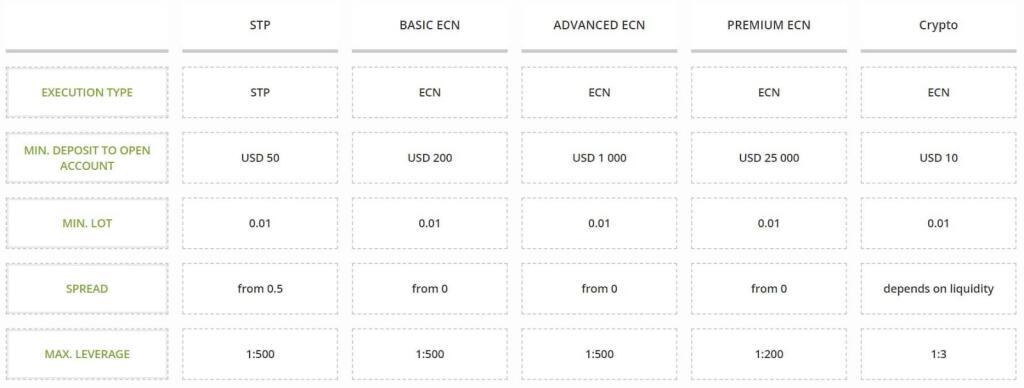What Is Overhead Cost and How to Calculate It

Figuring out how to strike that balance is the art of overhead allocation. Alternatively, contractors can track each overhead cost in their G/L and distribute https://online-accounting.net/ them proportionally across all jobs. A simple example could assign 25% of your total overhead to a job representing 25% of your company’s direct job costs.
What Is IaaS (Infrastructure As A Service)? – Forbes
What Is IaaS (Infrastructure As A Service)?.
Posted: Wed, 06 Sep 2023 17:00:00 GMT [source]
Some other examples of indirect costs include overhead, security costs, administration costs, etc. The costs are first identified, pooled, and then allocated to specific cost objects within the organization. Kline Company expects to incur $800,000 in overhead costs this coming year—$200,000 in the Cut and Polish department and $600,000 in the Quality Control department. The Cut and Polish department expects to use 25,000 machine hours, and the Quality Control department plans to utilize 50,000 hours of direct labor time for the year.
How to Calculate Overhead Costs (Step-by-Step)
Each one of these is also known as an “activity driver” or “allocation measure.” Direct costs are costs directly tied to a product or service that a company produces. Direct costs include direct labor, direct materials, manufacturing supplies, and wages tied to production. The overhead rate is a cost added on to the direct costs of production in order to more accurately assess the profitability of each product. In more complicated cases, a combination of several cost drivers may be used to approximate overhead costs. For a generally more accurate overhead allocation method, contractors can track each overhead expense in their G/L and distribute the totals proportionally across their jobs.
- They can choose to divide all overhead costs for the previous fiscal year by the total direct job costs in the previous fiscal year.
- Beyond accounting requirements, allocating overhead helps you make decisions for your company, especially pricing.
- On the one hand, there’s excellent general-purpose accounting software that can work very well for small contractors.
- The best method for allocating overhead in construction is a way that’s fair.
- This approach typically provides more
accurate cost information than simply using one plantwide rate but
still relies on the assumption that overhead costs are driven by
direct labor hours, direct labor costs, or machine hours.
Companies use cost accounting internally to figure out the true cost of production. That includes every last component that goes into producing the product, freight, labor hours per unit, etc. To be totally accurate, some amount of overhead expense has to be allocated to each unit of production. Understanding your true costs allows your business to control costs and figure out where you may be able to save money.
How To Reduce Overhead Cost
In job order costing, the allocation of overheads is done on the basis of an allocation base. This means that the cost accountants use a known cost as a proxy for allocating the unknown costs. For example, direct labor hours are known for the manufacturing of each product.
Elyria revolving loan fund moves to council – Chronicle Telegram
Elyria revolving loan fund moves to council.
Posted: Thu, 31 Aug 2023 06:00:00 GMT [source]
The overhead rate is calculated by adding indirect costs and then dividing those costs by a specific measurement. Activity-based costing can help you improve your inventory management by providing more accurate and detailed information on the cost and profitability of your products or services. This information can be used to optimize your product mix and pricing, reduce inventory carrying costs, enhance customer service and satisfaction, as well as streamline production process and supply chain. Additionally, delivering the products or services that meet or exceed customer expectations in terms of quality, features, and delivery time will help increase satisfaction.
What are the 4 types of overhead?
It helps you know which products and services are most profitable, and it helps you make better decisions. Kline Company expects to incur $800,000 in
overhead costs this coming year—$200,000 in the Cut and Polish
department and $600,000 in the Quality Control department. The Cut and
Polish department expects to use 25,000 machine hours, and the
Quality Control department plans to utilize 50,000 hours of direct
labor time for the year. For example, contractors can choose to estimate their overhead for each job using an established rate. For example, you might calculate that your overhead for a job generally represents x% of revenue or y% of its direct labor costs. While this tends to be a simpler method, it also tends to be less accurate.
- Since it is arduous to apply overhead cost to each individual cost object, such as a shoe, companies tend to use the average of an aggregate number of objects.
- It cannot be traced to individual products like depreciation and insurance of manufacturing equipment, cost of occupying, managing and maintaining a production facility.
- Again, if Job 110 didn’t exist, six hours never go to payroll — they’re a direct cost to Job 110.
- Indirect costs increase or decrease with changes in the level of output.
- If your overhead rate is 20%, the business spends 20% of its revenue on producing a good or providing services.
- Mary Girsch-Bock is the expert on accounting software and payroll software for The Ascent.
Before calculating the overhead rate, you first need to identify which allocation measure to use. An allocation measure is something that you use to measure your total overall costs. In another example for comparison, you split the manufacturing overhead above to $500 for the goods that sell and $500 for the goods that don’t sell. Therefore, the cost of goods sold is the total expenses of the goods in addition to the $500. Your expenses are $400 less, your net income is $400 higher, and your income taxes are higher because of higher income.
How do you allocate overhead costs to inventory using activity-based costing?
That factory overhead needs to be allocated over all work-in-progress and finished goods during the period. A large number of overhead categories center around manufacturing, such as the expenses incurred to set up and maintain equipment, inspect products, clean factories, or keep records. Other typical examples of overhead in cost accounting include indirect labor, indirect materials, utilities, and depreciation.

After identifying the cost objects, the next step is to accumulate the costs into a cost pool, pending allocation to the cost objects. When accumulating costs, you can create several categories where the costs will be pooled based on the cost allocation base used. Some examples of cost pools include electricity usage, water usage, square footage, insurance, rent expenses, fuel consumption, and motor vehicle maintenance. The role of a financial analyst is to make sure costs are correctly attributed to the designated cost objects and that appropriate cost allocation bases are chosen.
Notes to Financial Statements
It can be a motivator for different departments to improve the efficiency of their products to reduce overhead costs. Overhead costs are indirect costs that are not part of manufacturing costs. They are not related to the labor or material costs that are incurred in the production of goods or services. They support the production or selling processes of the goods or services. Overhead costs are charged to the expense account, and they must be continually paid regardless of whether the company is selling goods or not.

Given the small size of the variance, Mulligan charges the $3,000 difference to the cost of goods sold, thereby clearing out the overhead cost pool. The overhead rate or the overhead percentage is the amount your business spends on making a product or providing services to its customers. To calculate the overhead rate, divide the indirect costs by the direct costs and multiply by 100. This means that Joe’s overhead rate using machine hours is $17.50, so for every hour that the machines are operating, $17.50 in indirect costs are incurred. The second stage of absorption costing is reapportionment or allocation of service cost center costs overhead to production cost centers. Service cost centers (departments) are not directly involved in making products.
Why It Matters: Allocating Manufacturing Overhead
An overhead cost is a recurring expense necessary to support a business and allow it to continue operating, but these indirect costs are not directly tied to revenue generation. An example of a fixed cost is the salary of a project supervisor assigned to a specific project. This expense may fluctuate depending on production (for example, there would bond amortization schedule be an increase in utility expense if a manufacturing plant is running at a higher capacity utilization). Let’s assume a company has overhead expenses that total $20 million for the period. The company wants to know how much overhead relates to direct labor costs. The company has direct labor expenses totaling $5 million for the same period.

Leave a Reply